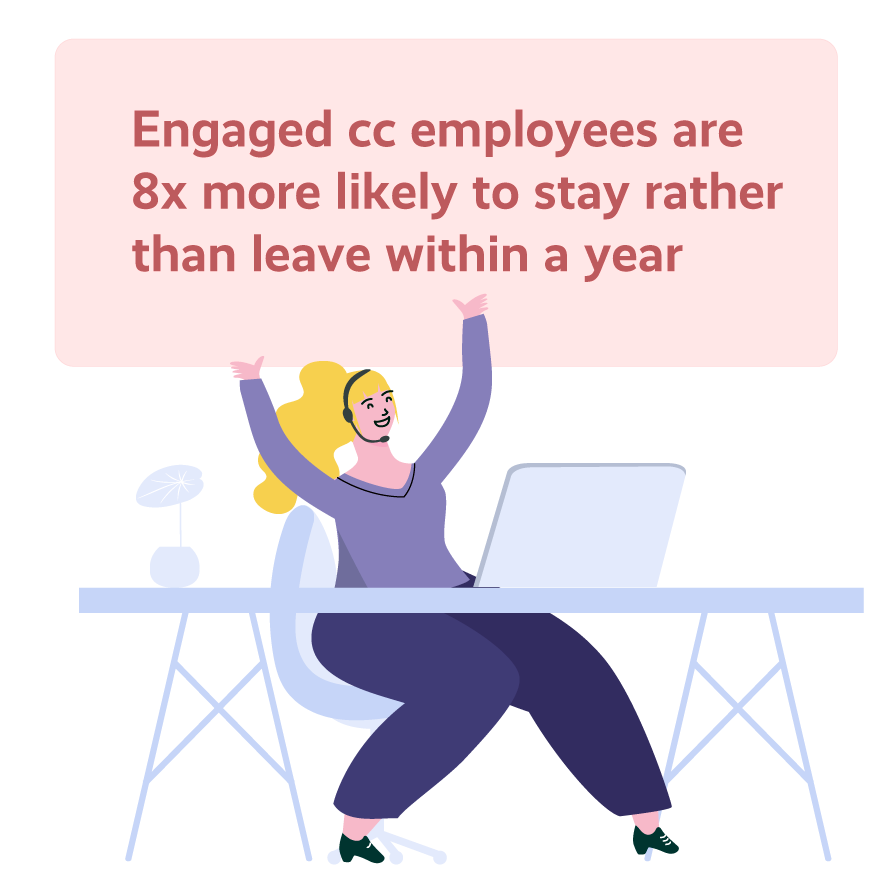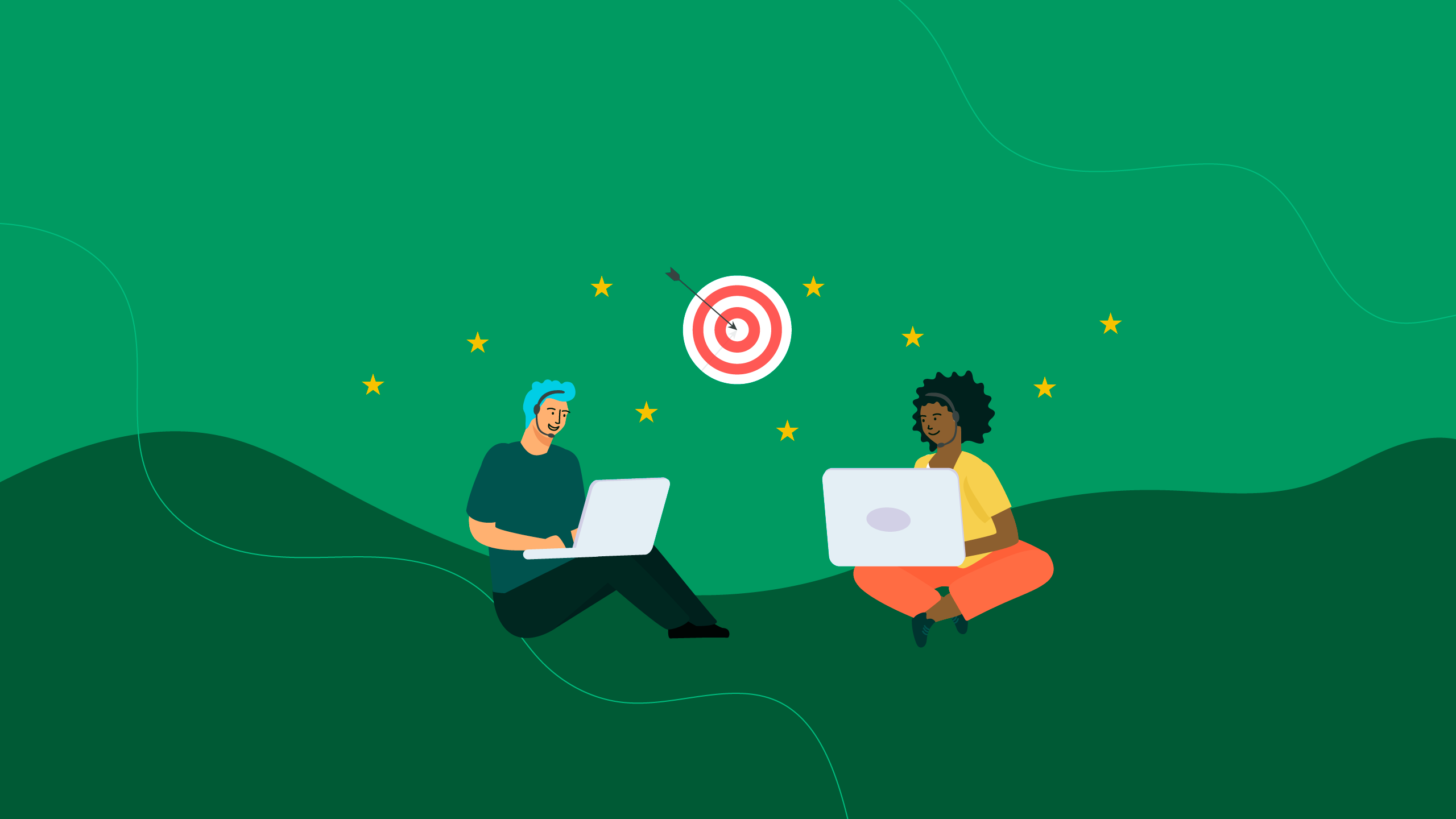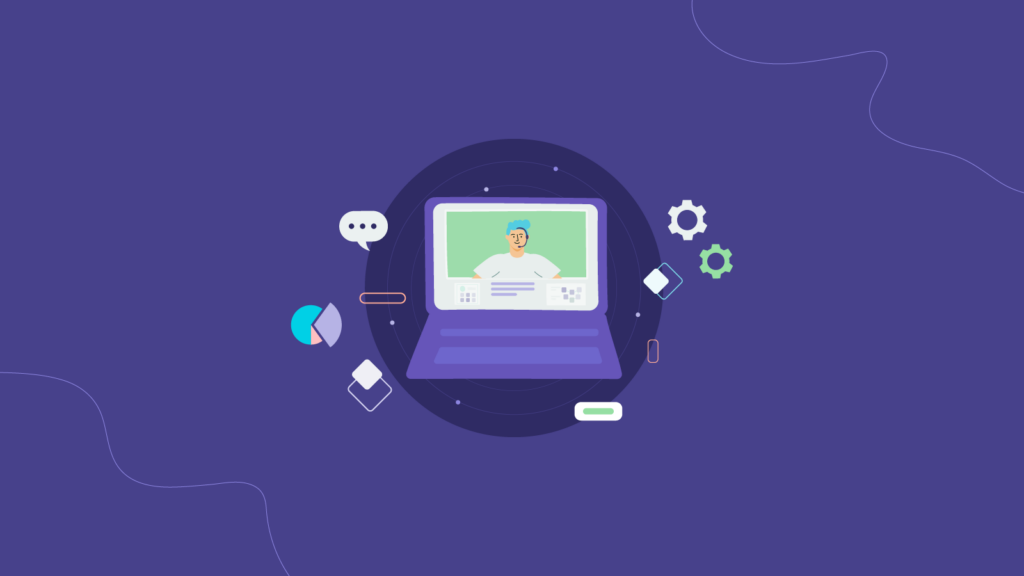How Gamification Can Help Call Centers Operate More Efficiently
At Playvox, we believe that gamification is just using data in a useful and smart way to drive people’s behaviors for the better.
You’re probably familiar with one of the most famous examples: the gamification of physical movement in Just Dance, a video game that encourages players to imitate an animated dancer on the screen. The system tracks your movements and provides feedback and points based on how well you’re keeping up. The best moves win.
You can apply this simple but powerful concept in a contact center to encourage agents to improve their quality, productivity, and effectiveness. Neal Topf, president of CallZilla, a BPO contact center outsourcer based in Florida, knows gamification has helped his company — it’s helped them achieve an overall increase of 30% in agent performance.
Why You Should Bring Gamification into Your Contact Center
Gamification is highly effective, and contact centers can easily use gamified strategies to help them solve their own pain points. Here are 12 reasons why you should bring gamification into your contact center.
1. Break up the Monotony
Incorporating gamification into your training and coaching programs is one way to help decrease boredom that sometimes comes with traditional training methods. Add in points, badges, and prizes for completing training to recognize agent progress.
Related: Three Highly Effective Strategies to Retain Call Center Employees
2. Friendly Competition
Gamification helps drive agents’ sense of competition within themselves and with others to get them engaged in improving their skills. Leaderboards are a great way for agents to see where they rank within their team and, in turn, increase productivity.
3. Incentives
Points, levels, and badges leverage feedback, competition, and public recognition to help change agent behavior. For example, agents can earn points when they resolve specific campaigns or cases or take a high volume of calls or emails.
Related: 12 Easy And Creative Call Center Rewards And Recognition Ideas
4. Results
We learn when we make mistakes. Negative or low scores are a good way for agents to learn about problem areas. It also lets supervisors assess them and take the necessary action to help with training and coaching.
5. Social Collaboration
Let your agents showcase their rewards and contributions with public recognition. If they have just completed a difficult call or campaign, they can easily share this with their team and get positive feedback from their peers.
Related: Confluence of Agent and Customer Experience
6. Processes You Can Gamify in Your Contact Center
Contact center management is one of the most challenging and people-intensive jobs out there — it’s why we created Playvox. There are so many processes and problems a contact center leader needs to handle every day. Gamification helps make it easier for you and your team.
7. Recruiting
Staff turnover at contact centers can range from 30 to 45%, so you’re stuck in ABR mode (Always Be Recruiting). Depending on why your agents quit, you’ll need to optimize your hiring process, but most importantly, find creative ways to retain your top performers.

8. Training
Humans have a shorter attention span than goldfish, thanks to smartphones — recently, it’s fallen from 12 seconds to eight seconds. Getting 100 people trained in three weeks on your product, procedures, tools, tactics, and tricks to sell or support consumers is far from easy. It’s just as essential to maintain an ongoing learning process for your team — they can’t keep delivering great service if their skills aren’t up to date.
Related: 10 Call Center Training Ideas You Can’t Miss Out On
9. Coaching
Frequent, productive feedback is a must in any contact center, yet only 26% of employees feel the feedback they receive helps them do better work. This is simply not adequate to create a successful contact center. In a contact center environment, feedback to agents should be hourly or at least daily.
A company may get millions of calls about a product and must handle each one well. So if you’re delivering feedback to your contact center agents every month (or even every week), you’re not giving them the data they need to improve in the next customer interaction.
10. Performance Management
Activity trackers are popular with consumers of all ages. In fact, one in five adults wears one to track progress toward their goals, gamifying the process of improving their health. Just like a fitness tracker, gamifying feedback and progress toward a goal is highly motivating for contact center agents.
Related: How to Gamify Your Call Center To Keep Agents Motivated
11. Employee Engagement
According to a McKinsey study, engaged contact center employees are 8.5 times more likely to stay than leave within a year. Driving sales and providing great customer experiences requires an employee engagement strategy for your agents and supervisors to retain them and keep performance high.

“An employee’s discretionary effort results in the Engagement-Profit chain. Because they care more, they are more productive, give better service, and even stay in their jobs longer. All of that leads to happier customers, who buy more and refer more often, which drives sales and profits higher, finally resulting in an increase in stock price.” says Kevin Kruse in his Employee Engagement Research (Master List of 32 Findings). [[bad link]]
Contact center management is about empowering agents to engage with customers. Customer-centric organizations know that engaged and well-trained front-line employees contribute in terms of more revenue and happier customers.
Related: Agent Engagement: Why It Matters and 6 Ways to Nurture It
12. Quality Management
When agents feel empowered, they provide better service and more engaging interactions with customers. A good quality management program should help empower agents — not just supervise them.
Celebrate agent success. When an agent provides exceptional service and receives positive customer feedback on a call, it can easily go unnoticed. Let your team celebrate excellent service by peers, supervisors, and management. Agents who get the proper recognition for their exceptional performance become more empowered and engaged—and this translates to more satisfied customers.
Selecting the Right Solution to Gamify Your Contact Center
There are many gamification applications out in the market, so first, set goals for areas you’d like to improve in your contact center and make sure you seek out a solution that aligns closely with those goals.
As with any technology you use in your business, you need to implement and manage the solution you choose for the best results. Be sure the gamification tool you select inspires the agents to change their behaviors and improve their skill sets. After all, happier agents mean lower costs and better customer experience.







